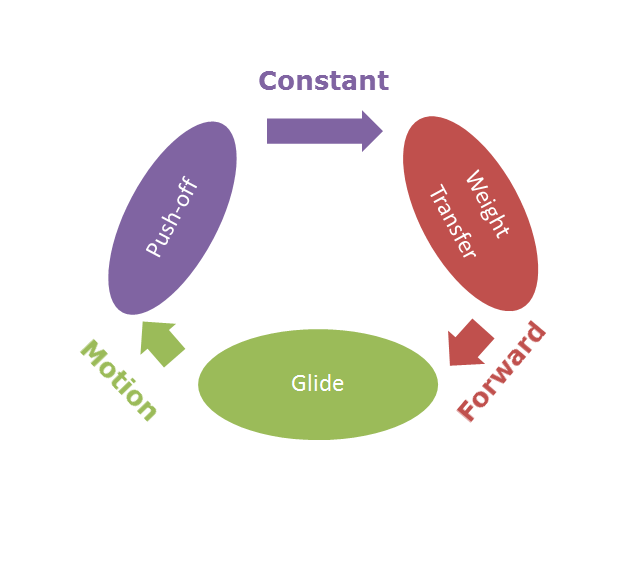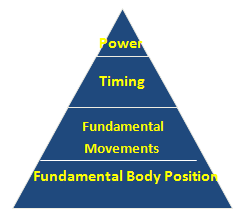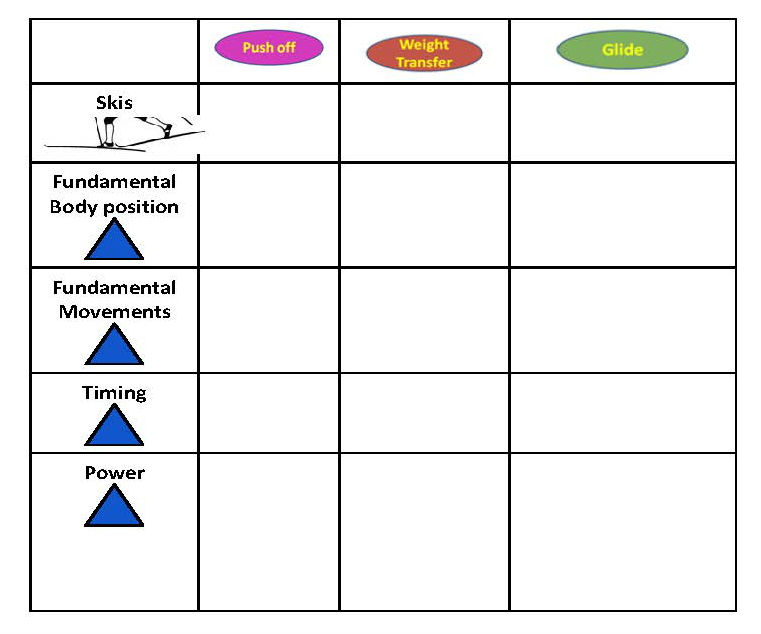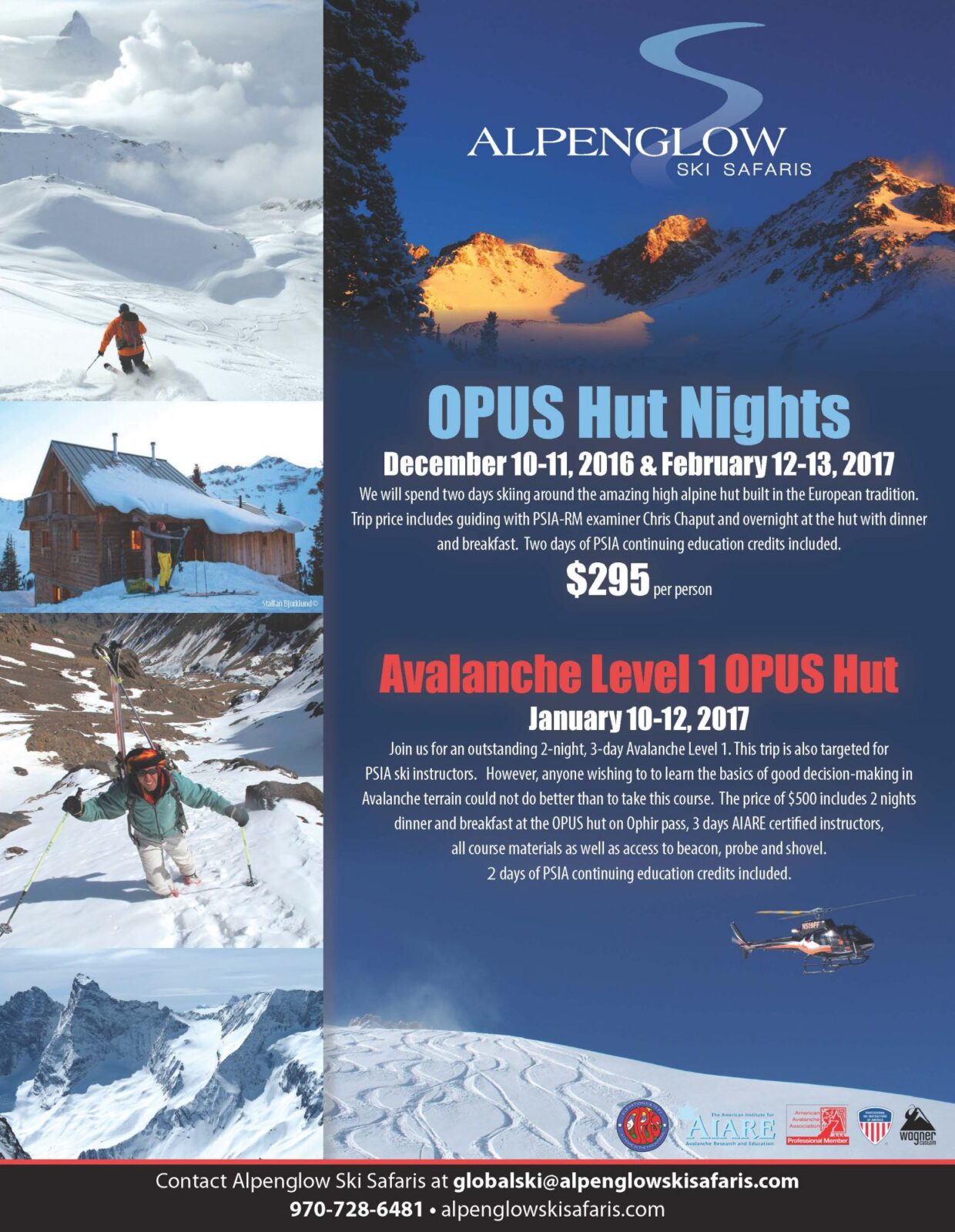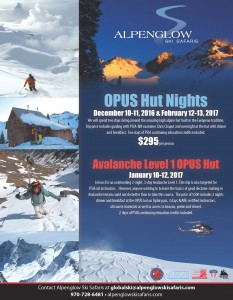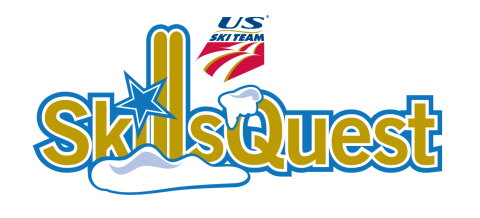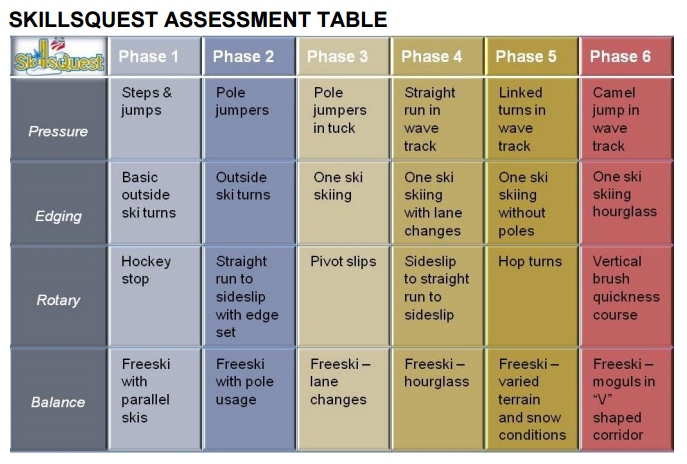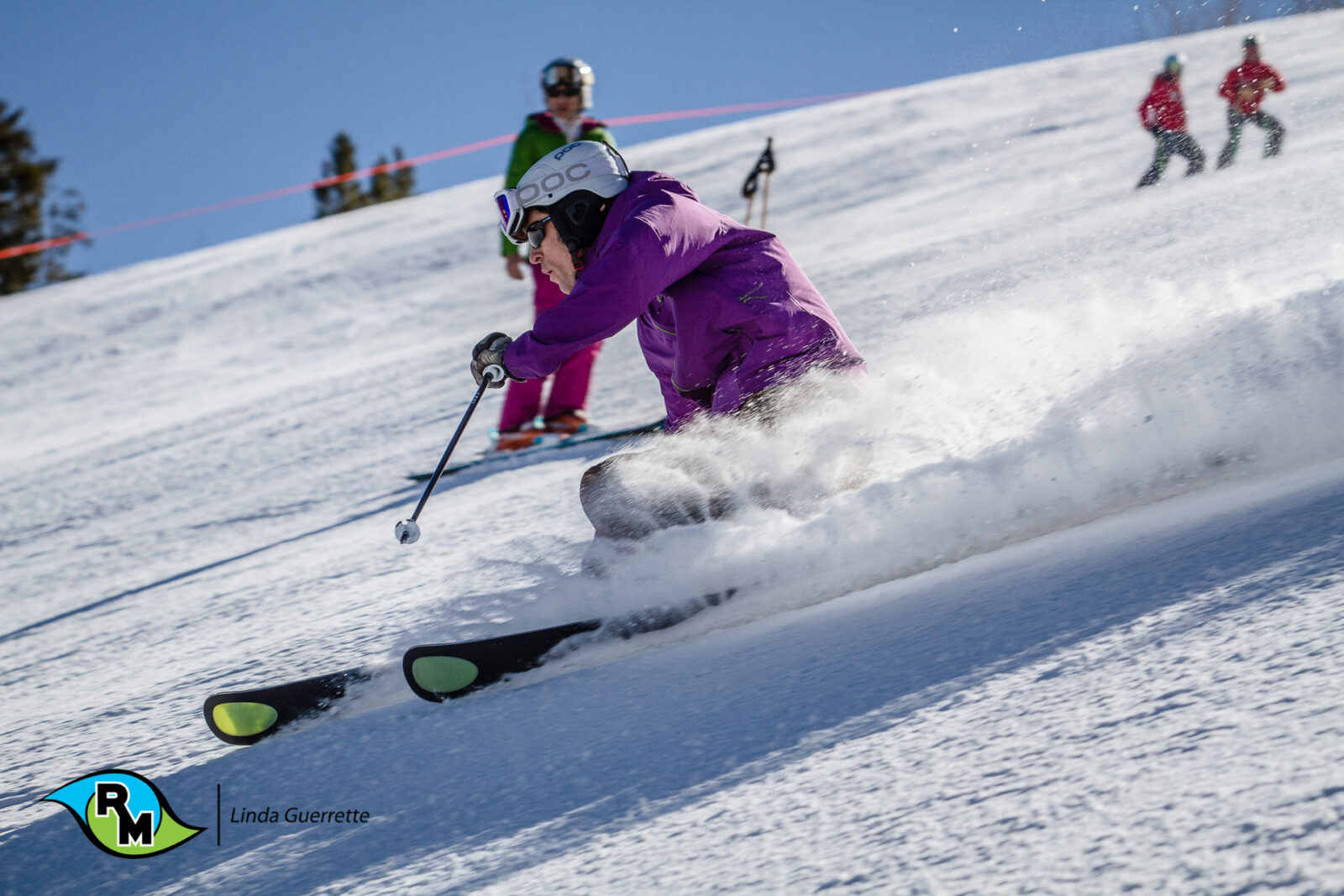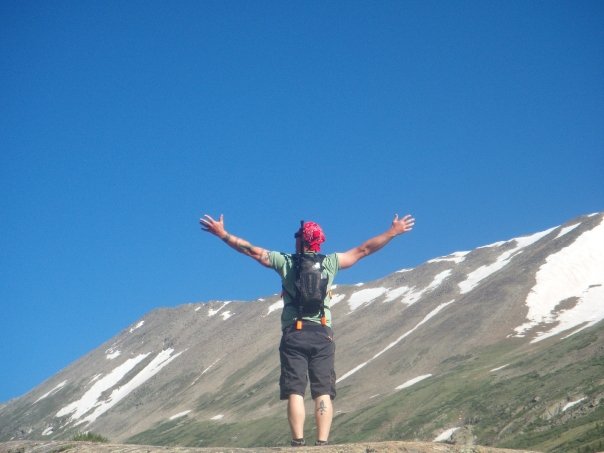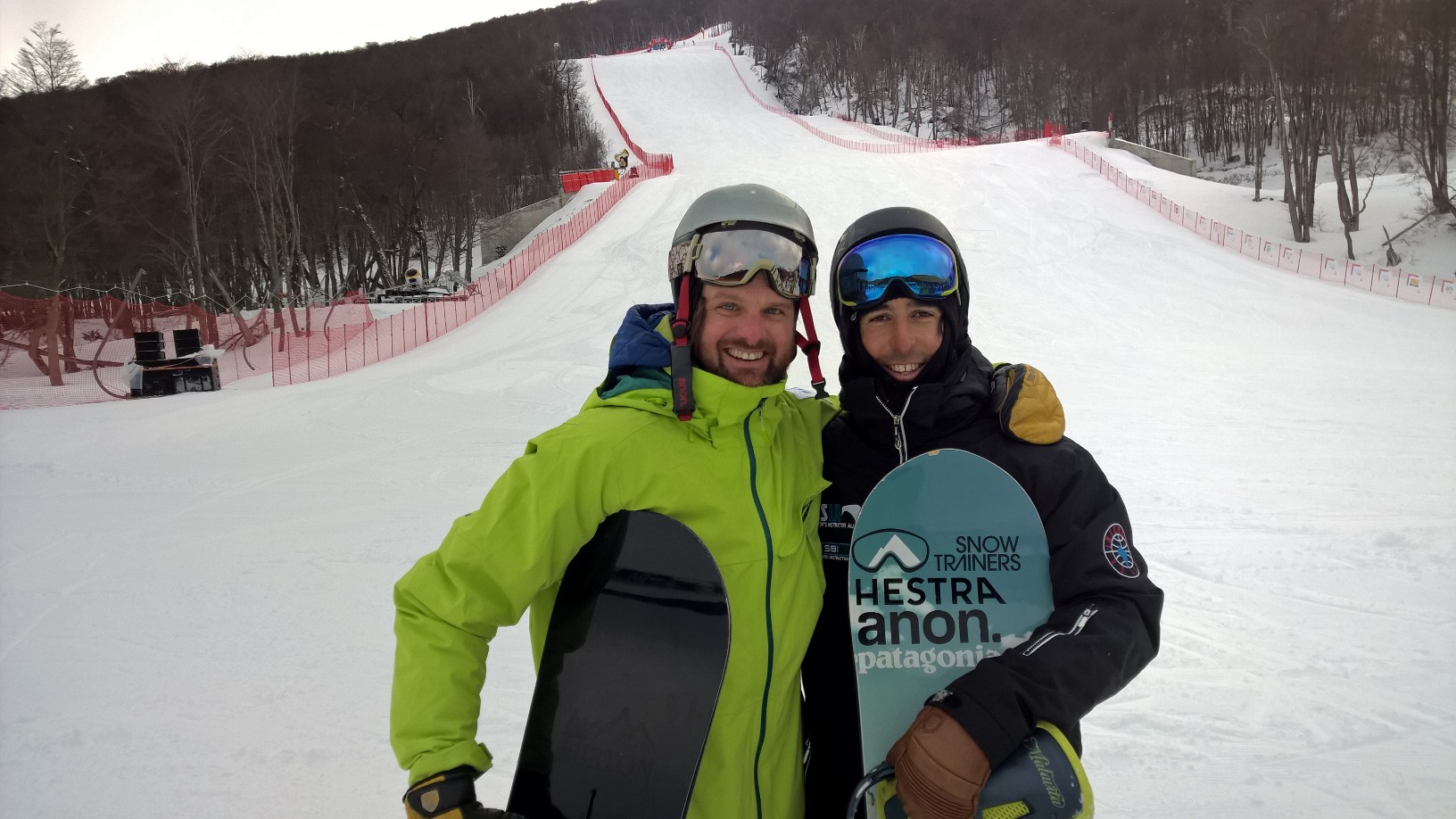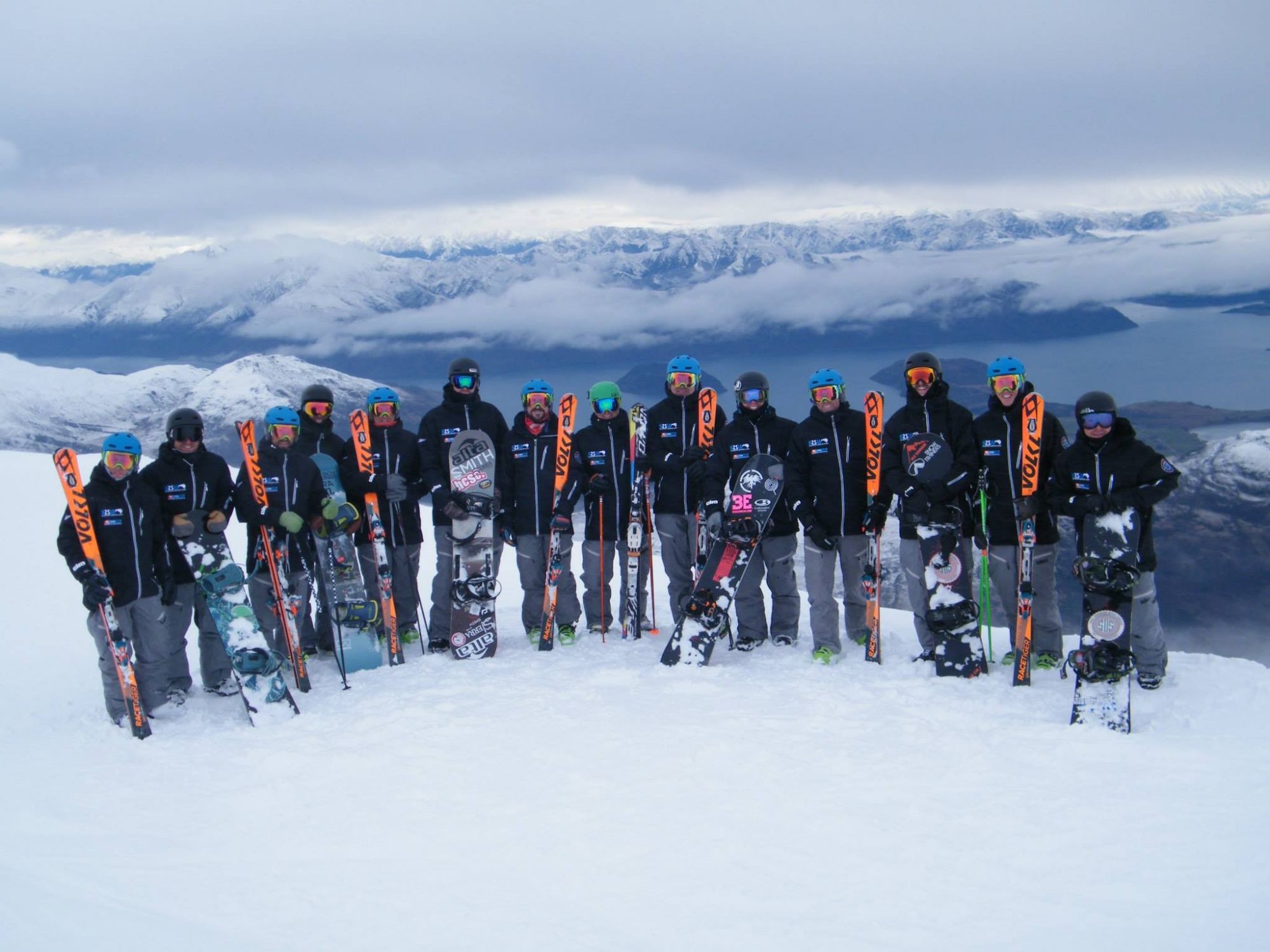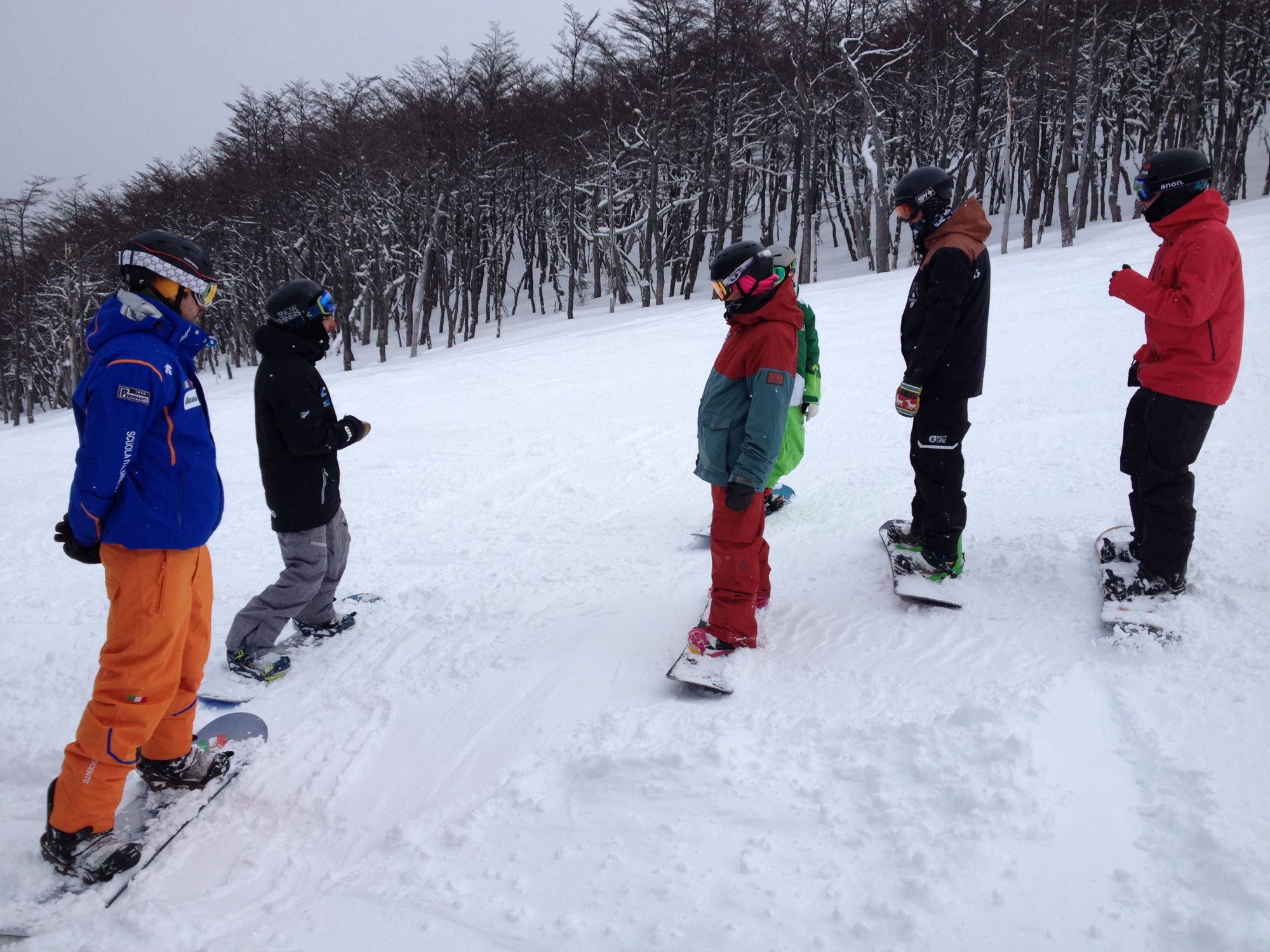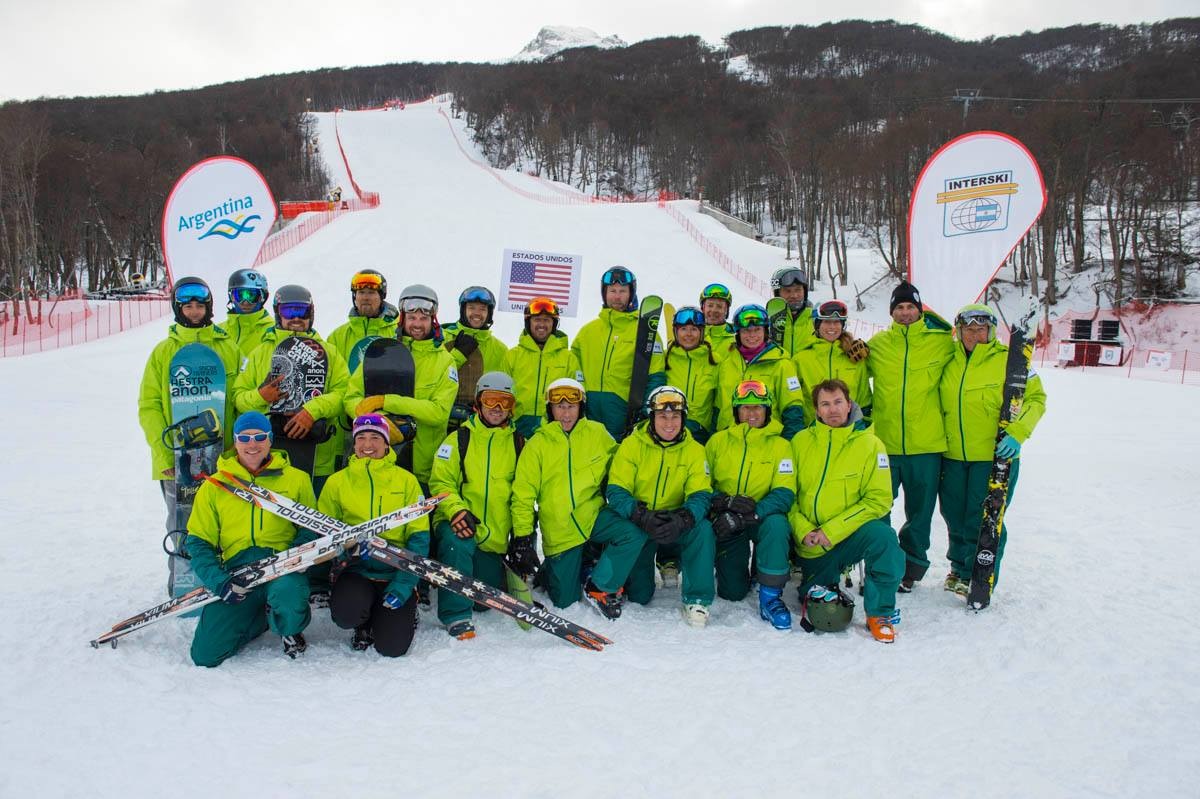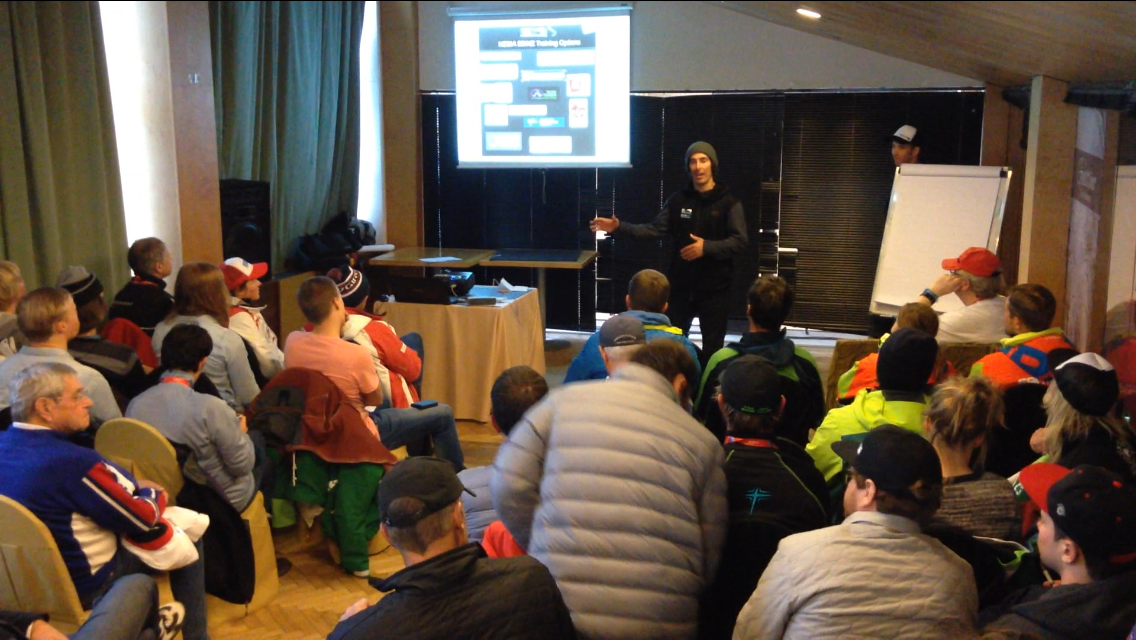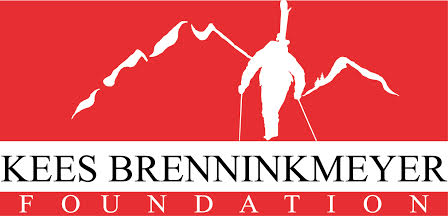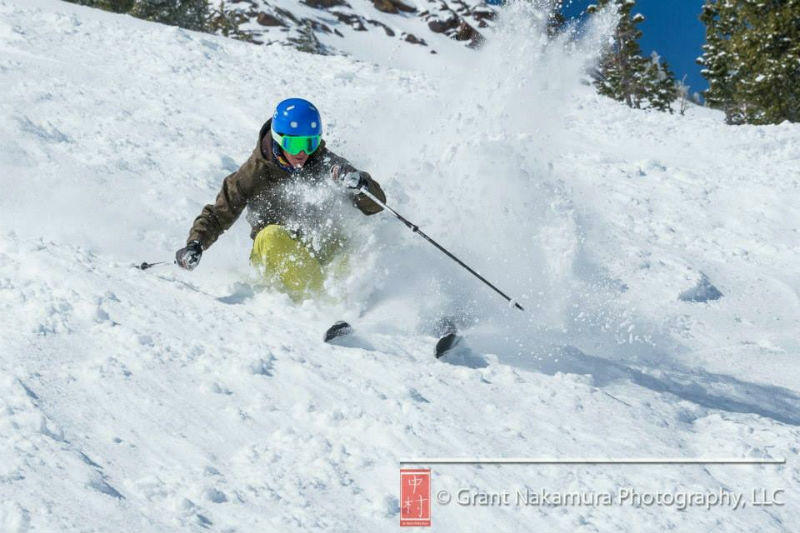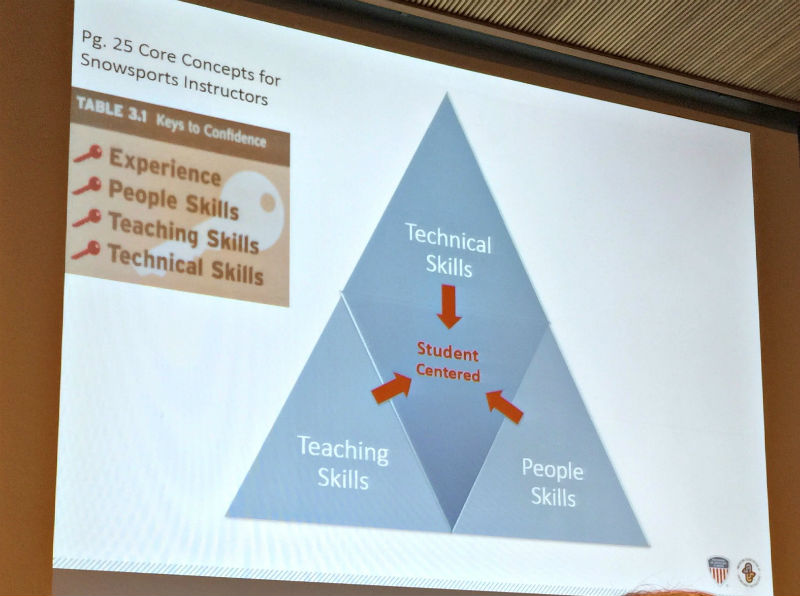Board Briefs January
PSIA – Rocky Mountain – AASI
Board of Directors Meeting
Frisco, CO – January 9, 2017
Board Briefs
President Joel Munn called the regular meeting to order with the following Board members present: Rick Rodd, Rick Hinckley, Robin May, Jane Tarlow, Andy Docken, John Kirchner, Donnie Melchalke and Jacob Levy. Also in attendance was Executive Director Dana Forbes. Dave Gregory joined the meeting in progress. Sarah Katherman recorded the meeting and prepared the minutes.
Board Membership
With a few board members recently leaving, the board addressed whether to fill the vacant spots or wait until the election next Fall to do so. Nothing was decided however the board will look outwards to the membership to see if there is any interest within the regions we have vacancies.
Leadership Summit
Joel, Rick H. and Dana had attended the Summit and made commitments to the rest of the country on behalf of RM. There were three main goals shared by divisions and national as a result of the process. Joel stated that Goal 1 would involve the creation of a Member School Management National Task Force. Dana discussed Goal 2, regarding improving consistency of administration and communication, in detail. Dana also discussed Goal 3, regarding consistency across the country in the products offered as well as the member experience of those products. Dana said that the examiner exchange program, which had been driven by the educators, is a big part of attaining this goal. Joel stated that establishing consistency in the standards would be the most difficult, citing in particular the differences in exam pass rates across the country.
Dana reviewed the meeting of the executive directors. She said that they had set up a monthly call and will start by working on a few smaller projects, citing the examples of standardizing the reactivation process and the policies regarding transfers.
Joel reported that he had proposed that the PSIA-AASI Board be made up of the presidents of each division in order to facilitate the creation of a truly national organization.
Education Director Update
Dave reported on the International Education Taskforce (IET) as detailed in his report. He noted that all international events will be processed through the IET to ensure that PSIA-AASI is protected, that its brand is properly represented around the world, and that the processes employed internationally are consistent. Dave noted that one of the goals of establishing a consistent process internationally is to bring it back to the U.S. so that the domestic processes will be consistent across divisions. Dana reported that a new Member School application process had been developed for the international market to ensure consistency across divisions. This will offer added protection, as well as transparency.
Dave reported on the examiner exchanges that had occurred so far this year and those that are being planned.
Dave reported that he feels very supported in moving forward with finding ways to offer reasonable accommodation for certifications in order to comply with ADA. Dave cited the Adaptive Alpine Standards Exam Supplement that describes alternate tasks.
Dave reviewed that Chris Packert would be assisting with the development of a new Level 1 e-learning program and a plan to develop future curriculum. He said that the e-learning would wait for the LMS being developed by PSIA-AASI.
Dave reported on the First Chair with PSIA-AASI podcast channel, noting that the individual podcasts offered on the channel would be specific to each division.
Dave said that RM would be hiring this year in Children’s, Alpine and Snowboard.
Dave reported that the Education Directors (or their equivalents) from all divisions will try to get together twice per year.
Ed Staff position on Board of Directors
Joel introduced the topic of whether a seat on the Board should be designated for a member of the Ed Staff. There was general consensus to further investigate the possibility of allowing an Ed Staff member to sit on the Board in an ex officio capacity. It was decided that next steps would be to consult attorneys as to whether this would pose a conflict of interest.
Candidates for the Board Election
Rick H. reported that the rules and processes for background checks vary significantly from state to state, but that RM has now been authorized and trained to use a service which will make the process quite simple moving forward.
Award and Recognition nominations
Dana reviewed the national Lifetime Achievement, Distinguished Service and Educational Excellence awards. Nominations are due by the end of February. Joel Munn, Linda Guerrette, Clark Rothey and Brian Dunfey were approved for lifetime RM membership.
Scholarship
Dana reported that the individual scholarship funds had been awarded. The deadline for Member School scholarships has been extended.
Regarding the TTP program, Dana stated that impediment to expansion is staffing, particularly in Snowboard. She said that they are tracking who is attending the clinics to ensure that the TTP serves as effective marketing, and as a driver of growth. She noted that membership is up, as are event sales despite a slow start due to cancellations.
Executive Director Update
Dana reported that the office staff and seasonal employees are currently very strong and doing a fantastic job.
Dana said that moving forward all expense reports will be done online.
She said that at the Summit meeting of Executive Directors there was a discussion of looking at different database systems.
Dana reviewed the RM budget and highlighted some minor adjustments, as outlined in her report. She mentioned an increase in health insurance costs and legal fees had a larger impact than expected.
Dana reviewed the EF budget, which is projected to end the year in the black. The budget includes the increases in Ed Staff salaries.
Dana reported that Volkswagen would be providing RM with two cars under the new 3-year deal.
Dana reviewed the spreadsheets showing the 8-year revenue projections for different levels of annual or biennial dues increases. Following a discussion of the projections, the Board agreed that establishing a long-range plan was advisable.
MOTION
Bob moved to approve the $1.00 increase in RM dues for the 2017-18 season. Donnie seconded the motion. The motion carried unanimously.
MOTION
Bob moved to approve the eight candidates for the ballot, as recommended by the nomination committee. Rick H. seconded the motion. The motion carried unanimously.
Rick H. read the names of the candidates. Dana said the election should be completed within 2 – 3 weeks. Rick stated that the at-large position goes to the 2nd place finisher with the most total votes.
Joel, national board member reported on nationals finances. He noted the high cost of sending the Team to Interski. He said that PSIA-AASI is setting aside money towards this, but not enough to cover the cost. He suggested that the return on investment of Interski is open for discussion.
Board Elections
MOTION
Bob nominated Joel to serve as President for a 2-year term. Jane seconded the motion. The motion carried unanimously.
Joel stated that this would be his last term as President. Really.
MOTION
Joel nominated Rick H. to serve as Vice-president for a 2-year term. John seconded the motion. The motion carried unanimously.
Joel stated that Rick R. would be stepping down from the Board, and commended his service as Secretary/Treasurer. He reviewed the duties of the position, noting that the Executive Committee is very involved in the ongoing business of the Board and provides necessary support for Dana.
MOTION
Joel moved to nominate Jacob to serve as Secretary/Treasurer for a 2-year term. Andy seconded the motion. The motion carried unanimously.
MOTION
Donnie moved to adjourn the regular meeting of the RM at 3:30 p.m. John seconded. The motion carried unanimously.




